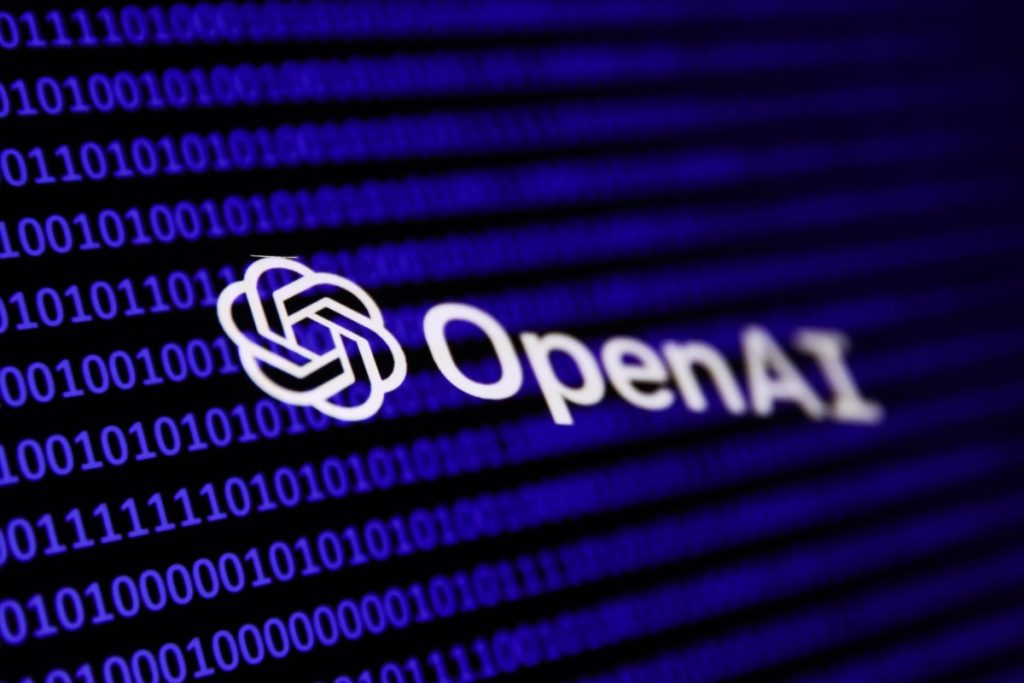OpenAI researchers say they’ve discovered hidden features inside AI models that correspond to misaligned “personas,” or types of people, according to new research published by the company on Wednesday.
By looking at an AI model’s internal representations — the numbers that dictate how an AI model responds, which often seem completely incoherent to humans — OpenAI researchers were able to find patterns that lit up when a model misbehaved.
The researchers found one such feature that corresponded to toxic behavior in an AI model’s responses — meaning the AI model would lie to users or make irresponsible suggestions, like asking the user to share their password or hack into a friend’s account.
The researchers discovered they were able to turn toxicity up or down simply by adjusting the feature.
OpenAI’s latest research gives the company a better understanding of the factors that can make AI models act unsafely, and thus, could help them develop safer AI models. OpenAI could potentially use the patterns they’ve found to better detect misalignment in production AI models, according to OpenAI interpretability researcher Dan Mossing.
“We are hopeful that the tools we’ve learned — like this ability to reduce a complicated phenomenon to a simple mathematical operation — will help us understand model generalization in other places as well,” said Mossing in an interview with TechCrunch.
AI researchers know how to improve AI models, but confusingly, they don’t fully understand how AI models arrive at their answers — Anthropic’s Chris Olah often remarks that AI models are grown more than they are built. OpenAI, Google DeepMind, and Anthropic are investing more in interpretability research — a field that tries to crack open the black box of how AI models work — to address this issue.
A recent study from independent researcher Owain Evans raised new questions about how AI models generalize. The research found that OpenAI’s models could be fine-tuned on insecure code and would then display malicious behaviors across a variety of domains, such as trying to trick a user into sharing their password. The phenomenon is known as emergent misalignment, and Evans’ study inspired OpenAI to explore this further.
But in the process of studying emergent misalignment, OpenAI says it stumbled into features inside AI models that seem to play a large role in controlling behavior. Mossing says these patterns are reminiscent of internal brain activity in humans, in which certain neurons correlate to moods or behaviors.
“When Dan and team first presented this in a research meeting, I was like, ‘Wow, you guys found it,’” said Tejal Patwardhan, an OpenAI frontier evaluations researcher, in an interview with TechCrunch. “You found like, an internal neural activation that shows these personas and that you can actually steer to make the model more aligned.”
Some features OpenAI found correlate to sarcasm in AI model responses, whereas other features correlate to more toxic responses in which an AI model acts as a cartoonish, evil villain. OpenAI’s researchers say these features can change drastically during the fine-tuning process.
Notably, OpenAI researchers said that when emergent misalignment occurred, it was possible to steer the model back toward good behavior by fine-tuning the model on just a few hundred examples of secure code.
OpenAI’s latest research builds on the previous work Anthropic has done on interpretability and alignment. In 2024, Anthropic released research that tried to map the inner workings of AI models, trying to pin down and label various features that were responsible for different concepts.
Companies like OpenAI and Anthropic are making the case that there’s real value in understanding how AI models work, and not just making them better. However, there’s a long way to go to fully understand modern AI models.

